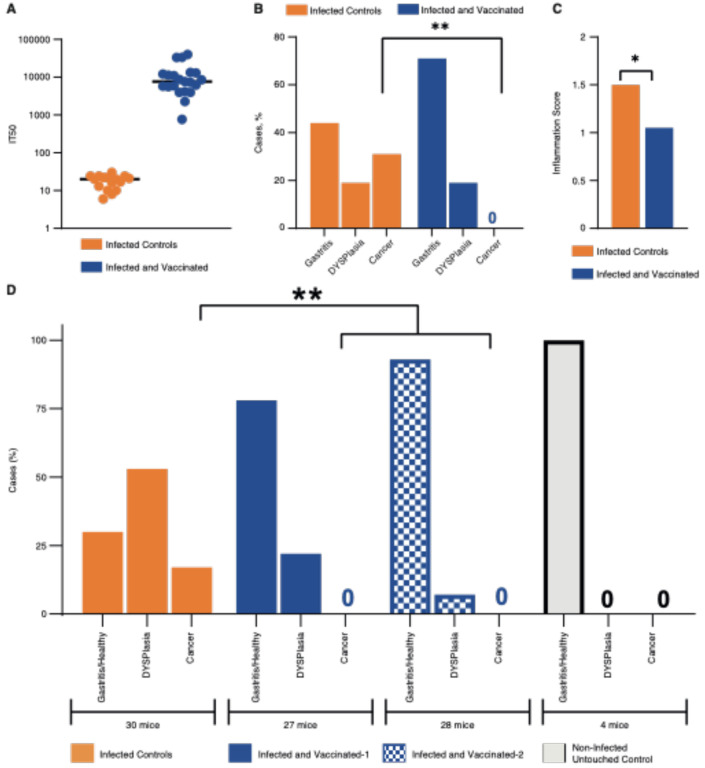Figure 5. Both the second and third vaccination experiments induced protection against inflammation and cancer.
In the second vaccination experiment a group of 37 Leb-mice were infected with the onco-strain USU101, and 21 mice were therapeutically vaccinated one month later and evaluated at the 12-month endpoint.
(A) The 16 non-vaccinated (orange) control mice demonstrated no IT50 responses compared to the several log-fold higher IT50 responses in the 21 vaccinated (blue) mice, as tested with 17875/Leb.
(B) The 21 vaccinated mice demonstrated no cancer in contrast to 33% of the non-vaccinated mice (5/16) (p < 0.01**). Four out of the five mice with gastric cancer developed invasive cancer.
(C) The mean scores for gastric mucosal inflammatory infiltration. The non-vaccinated mice had a higher mean inflammation score of 1.5 vs. 1.05 (p = 0.03*).
(D) In the third vaccine experiment, the 55 vaccinated mice (blue/hatched) were all protected against gastric cancer, in contrast to the 5/30 (17%) cases of cancer in the non-vaccinated mice (p < 0.0043**). The vaccinated mice exhibited log-fold higher IT50 responses compared to the 30 non-vaccinated mice when tested with 17875/Leb (Figure S5B and Table S5A).

